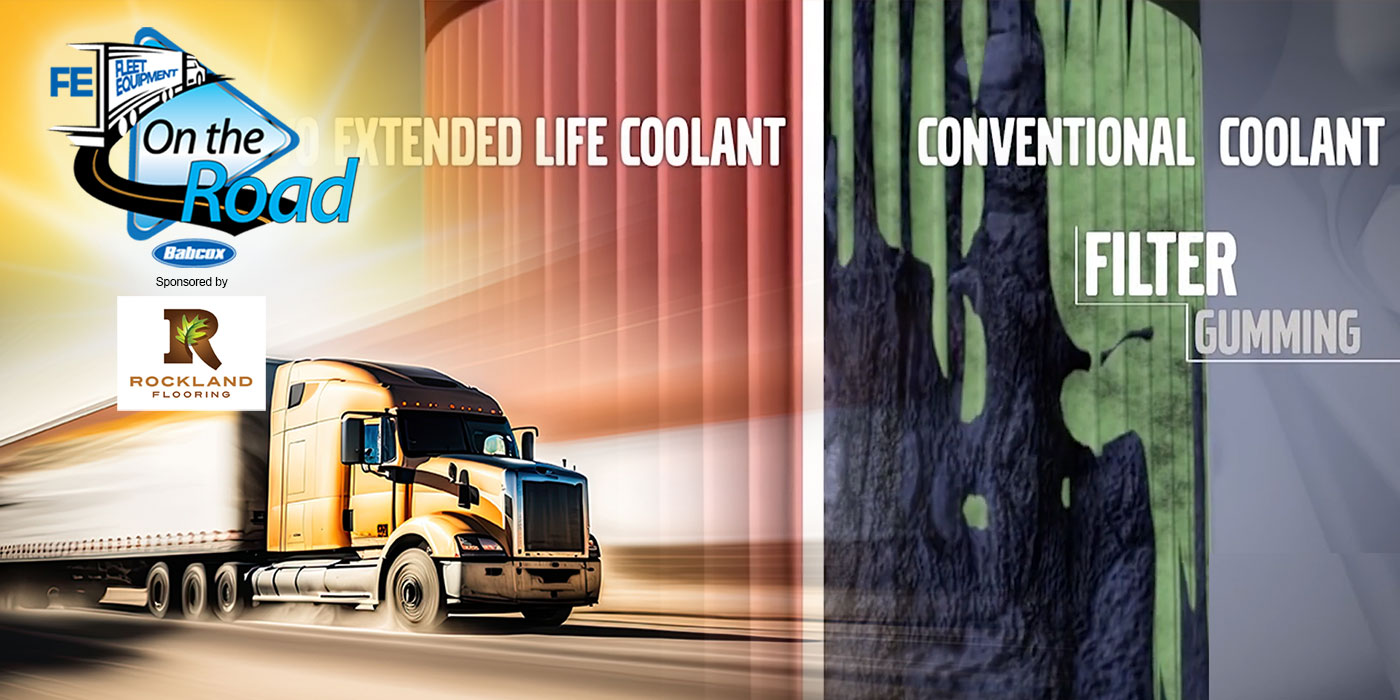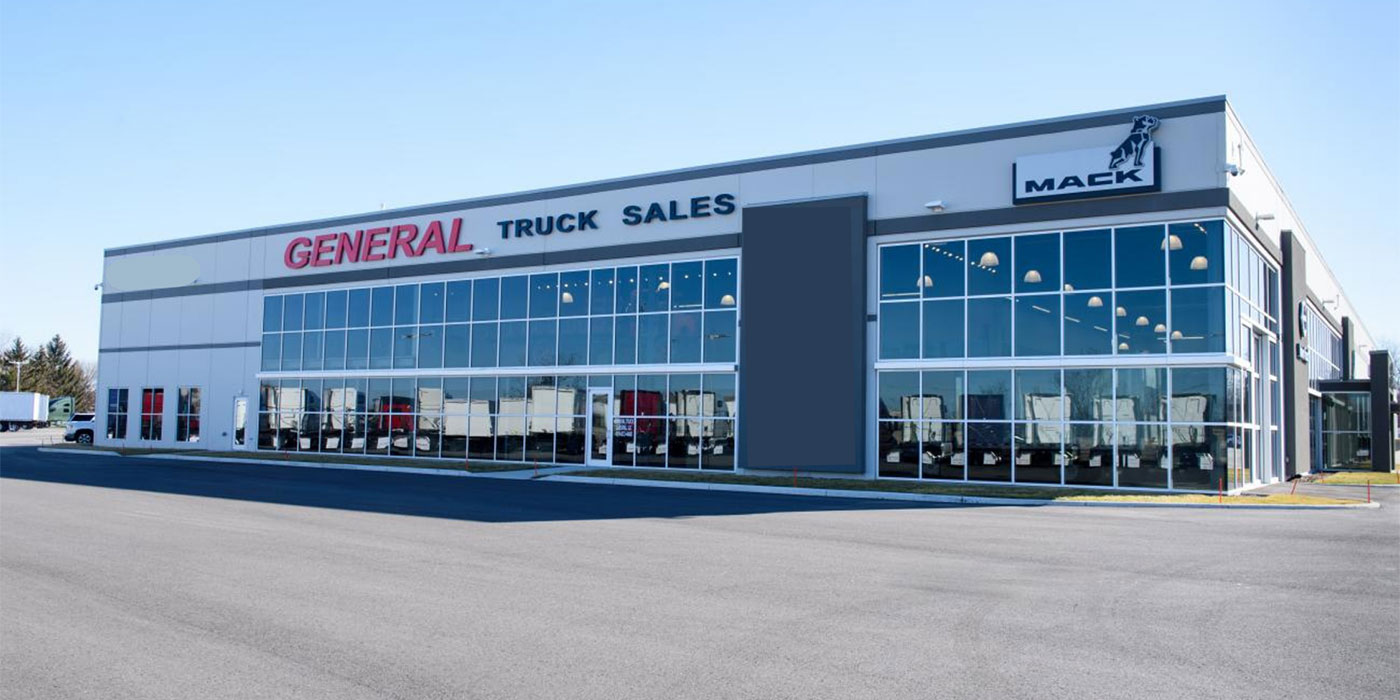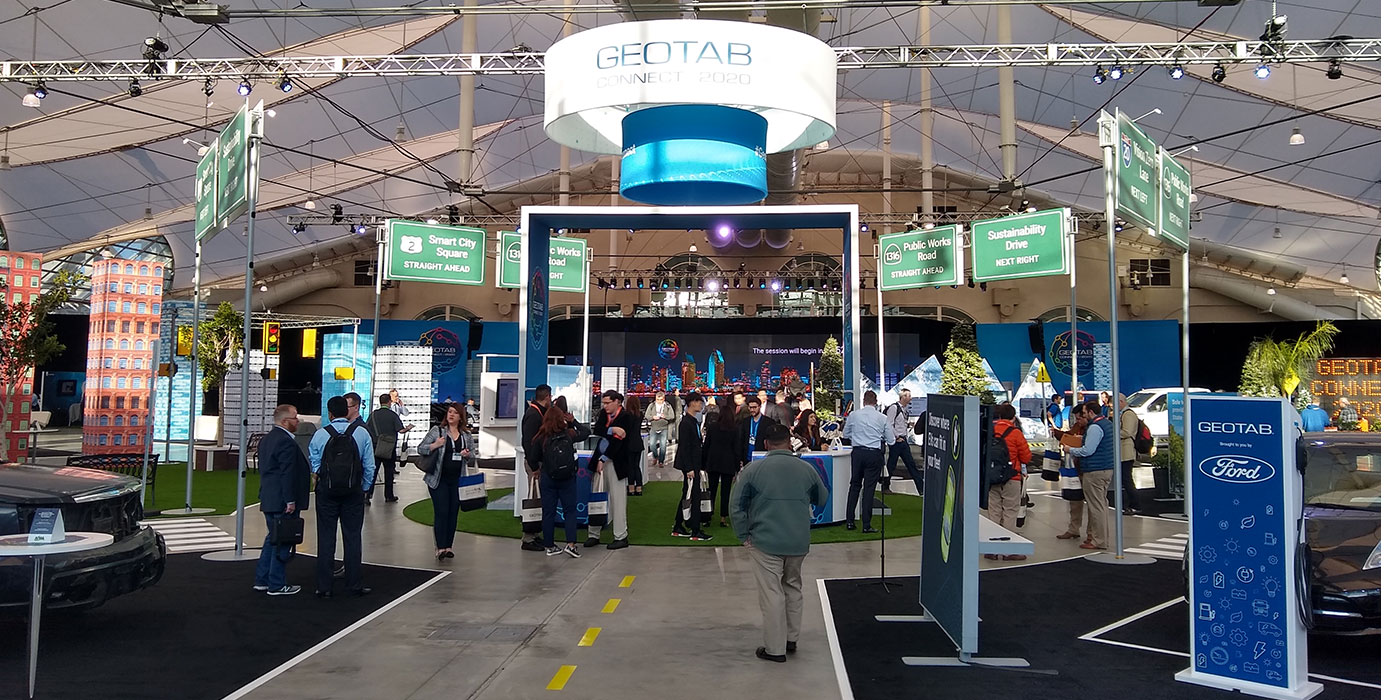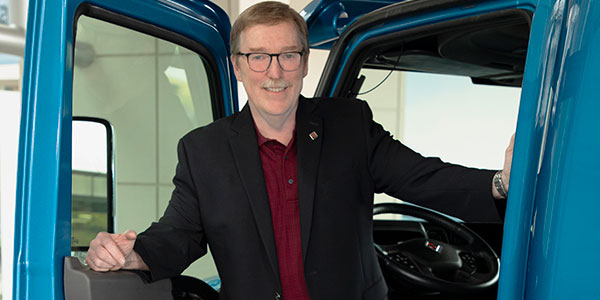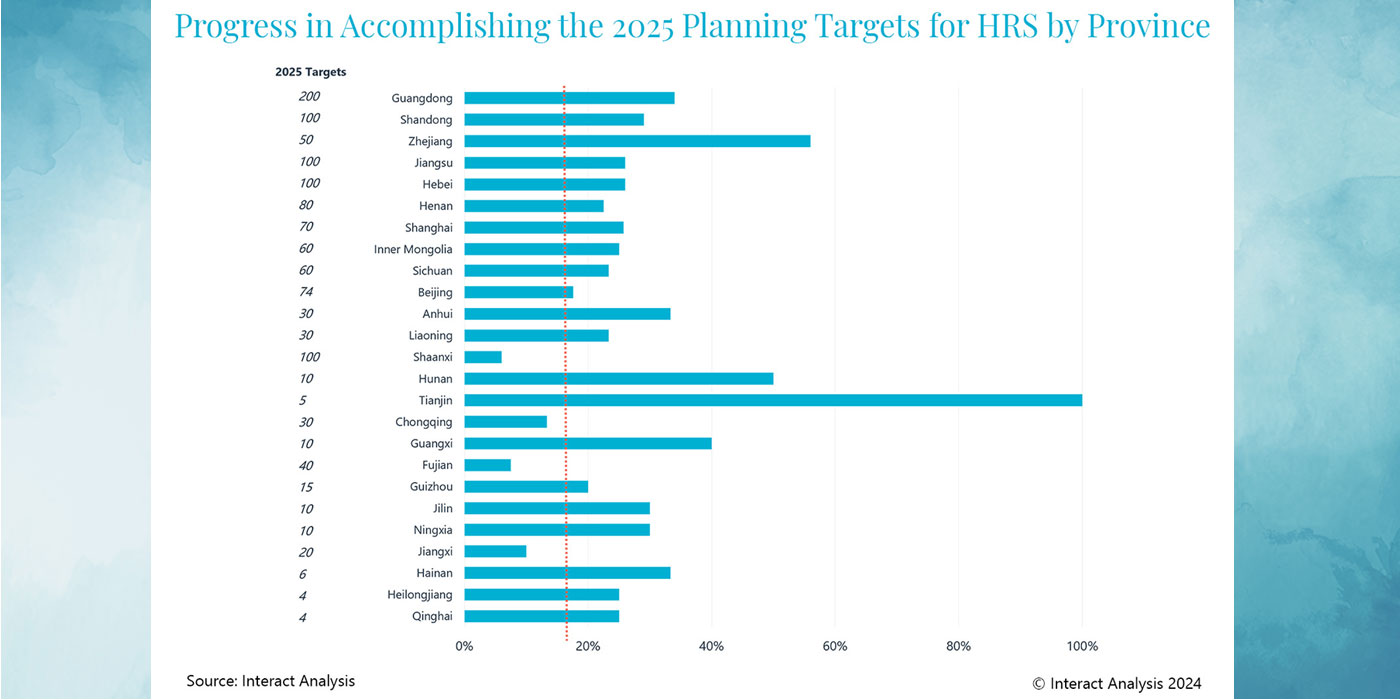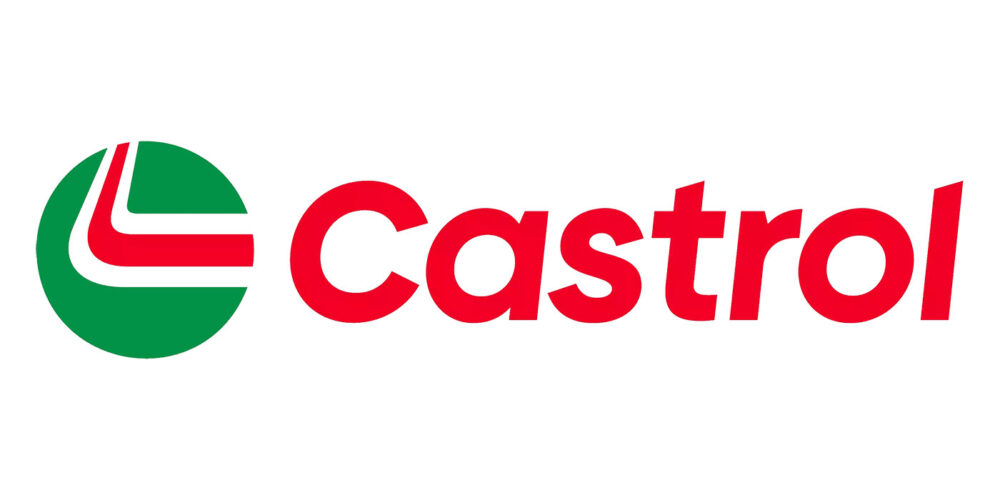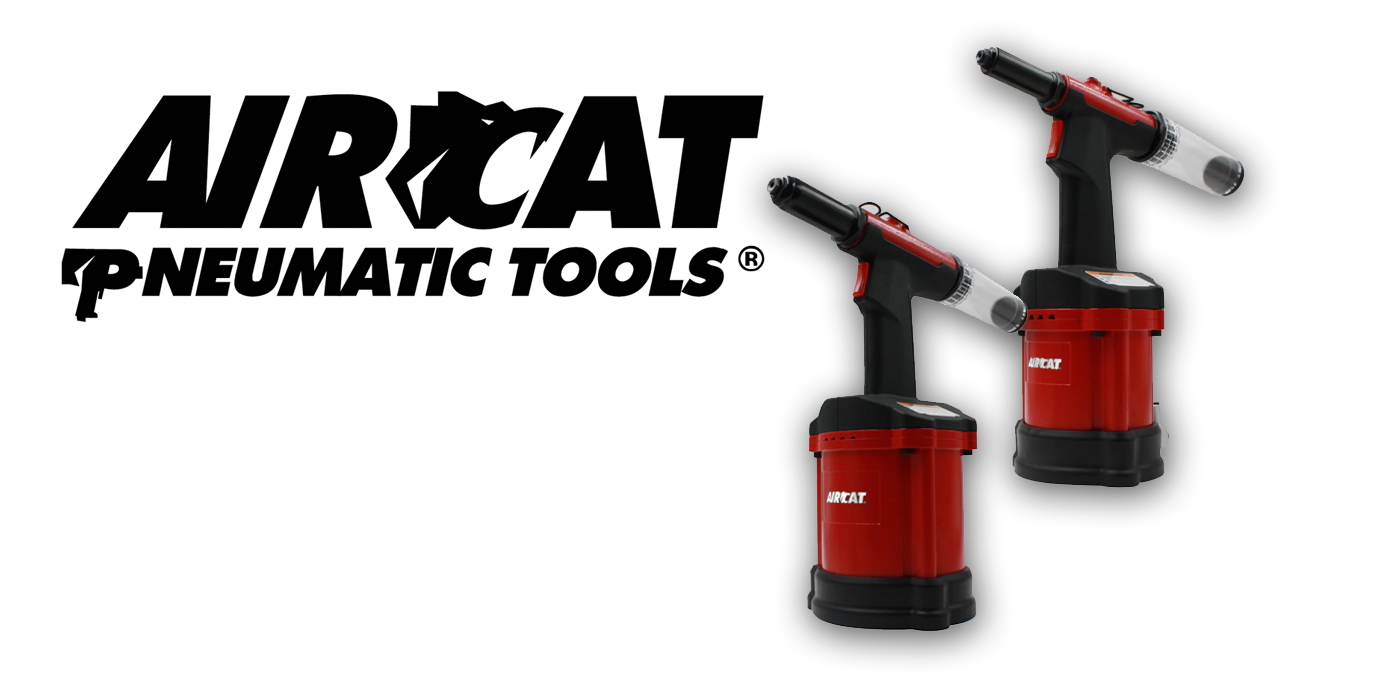What makes a fuel efficient retread?“
Fuel efficiency in tires is realized primarily from a combination of compounding and tread design,” says Don Baldwin, product marketing manager, Michelin Americas Truck Tires. “With advanced compounds, retreads deliver the fuel-efficiency benefits of their new tire siblings, while not compromising wear and traction. In addition to compounding, tread design also contributes to a tire’s fuel efficiency. While aggressive block-type treads with heavy siping have been associated with lower fuel efficiency, manufacturers are now using technologies that stabilize those blocks and lower rolling resistance.”
“Two key factors for creating a fuel efficient retread tire are design and compound,” agrees Chris Hoffman, manager, TBR & retread product marketing, Bridgestone Bandag Tire Solutions. “Tread compounds proven to lower rolling resistance turn engine energy into more performance on the open road. Tread design also aids in lowering rolling resistance.”
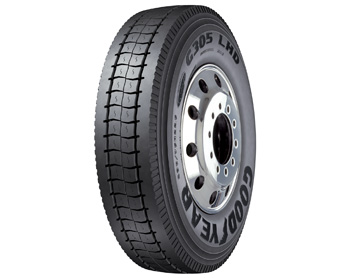 Tim Miller, marketing communications manager – commercial tires at Goodyear, notes that 60% of the rolling resistance of a tire comes from the tread, whether new or retreaded. “There are three design factors within the tread that can be altered to influence rolling resistance,” he explains further, “including tread depth, tread design and tread compound. The best fuel economy would come from a retread with a shallow tread depth, a simple, rib-type tread pattern and a low rolling resistance tread compound.”
Tim Miller, marketing communications manager – commercial tires at Goodyear, notes that 60% of the rolling resistance of a tire comes from the tread, whether new or retreaded. “There are three design factors within the tread that can be altered to influence rolling resistance,” he explains further, “including tread depth, tread design and tread compound. The best fuel economy would come from a retread with a shallow tread depth, a simple, rib-type tread pattern and a low rolling resistance tread compound.”
“A retreaded tire’s design has the most impact on fuel efficiency when you consider that the tread cap and base account for 50% to 60% of a tire’s rolling resistance,” says Curtis Decker, senior engineer – product development for Continental Tire North America Inc. “It’s extremely important that the new tread applied is manufactured with a low rolling resistant compound as well as a fuel-efficient tread design.”
Other factors that can impact the fuel efficiency of a retreaded tire are found in the retreading process, Decker notes. During this process, he explains, the tire casing is buffed to remove the worn tread uniformly so there is no impact on rolling resistance. The new tread is applied in a uniform, contoured shape so the retreaded tire requires less energy to roll and can be more fuel efficient. The buff contour, as well as the thickness of the gum rubber that is applied between the casing and the new tread, accounts for about 5% of a retreaded tire’s rolling resistance.
Proving value
Fleets using retreads from major manufacturers are reporting efficiencies on a par with new tires. Flatbed hauler Builders Transportation, a Memphis, Tenn.-based company with more than 400 tractors and 750 48-ft. air ride spread axle and 45- to 65-ft. extendable trailers, is using a combination of new Goodyear Fuel Max Technology tires and Unicircle retreads.
“We feel very good about the tire program we have in place with Goodyear and Wingfoot,” says Gary Newman, maintenance director. “Our cost-per-mile is extremely low with those tires, especially as we replace what’s currently running on our fleet. So far, we’ve seen very encouraging results.
“There is a two-fold challenge in our operation when it comes to tires,” Newman continues. “With spread-axle trailers, the trailers don’t track behind the tractor as well as with tandem axles, so you’ll have some natural scrubbing. Plus, a flatbed operation, due to where we deliver, is just plain hard on tires with more curbing and scrubbing than typical long-haul operations. But, we’re still getting excellent mileage.”
American Central Transport (ACT), a Kansas City, Mo.-based carrier with 325 tractors and 1,000 53-ft. van trailers, has tweaked its tire program to help meet its objective of maximizing fuel performance. In use are Bridgestone new tires and Bandag FuelTech drive and trailer retreads, which are realizing the same fuel efficiency as new tire products in the fleet.
“With the help of Bridgestone Bandag Tire Solutions we have been able to select the best possible tread designs for fuel performance,” says Aaron Thompson, maintenance director. “Our new tractors are delivered with premium steer and drive axle tires and then we retread our drive axle casings with Bandag FuelTech Drive tread without sacrificing any fuel performance. We also understand that trailer tires can have a greater impact on fuel performance than either drive or steer tires, so we use Bandag FuelTech Trailer designs as well.”
An early user of new and retreaded Michelin X One wide-base single tires is Jerome, Idaho-based Arlo G. Lott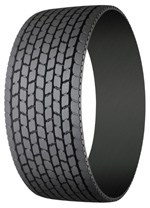 Trucking. The heavy hauler operates 150 tractors and variety of extendable, flatbed, step deck and curtainsided trailers. We are always looking for new and innovative ways to lower our costs and add to the bottom line,” says Eddie Luper, director of maintenance. “We first used the X One concept in 2001 on tractor drive axles and on trailers, and since then we’ve expanded their use in the fleet, including Michelin X One retreads. Fuel savings were very noticeable from the beginning. We were the first fleet in the western United States to run the Michelin X One retreads. We have been using both drive and trailer retreads, and based on fuel efficiency, they have been a very worthwhile investment.”
Trucking. The heavy hauler operates 150 tractors and variety of extendable, flatbed, step deck and curtainsided trailers. We are always looking for new and innovative ways to lower our costs and add to the bottom line,” says Eddie Luper, director of maintenance. “We first used the X One concept in 2001 on tractor drive axles and on trailers, and since then we’ve expanded their use in the fleet, including Michelin X One retreads. Fuel savings were very noticeable from the beginning. We were the first fleet in the western United States to run the Michelin X One retreads. We have been using both drive and trailer retreads, and based on fuel efficiency, they have been a very worthwhile investment.”
Kevin Buss, director of fleet maintenance at Mt. Sterling, Ill.-based Dot Foods heads up a fleet of 784 tractors and 1,215 trailers that delivers foodservice, convenience, retail and vending equipment and supplies to dis- tributors in all 50 states from nine distribution centers. Recently, the fleet began using HDL Eco Plus ContiTread drive and HTL Eco Plus ContiTread trailer retreads. Earlier this year, Continental Tire partnered with Marangoni Tread North America to use their Ringtread technologies for retreaded tires. We’ve used retreads for many years,” Buss relates. “With the right casing and the right tread design, we know that retreads can provide excellent fuel economy and match the fuel efficiency we realize on a new tire.”
Like new
All manufacturers note that a retreaded tire should perform as well as a new tire when it comes to fuel efficiency, and they work to make sure that the low rolling resistance characteristics of their new tires are transferred to their retread products. When the right compounds and tread designs are combined,” concludes Michelin’s Don Baldwin, “fleets are able to take advantage of fuel-efficient retreads to further reduce their operating costs.” FE
For more information on retread products and technologies, visit:
Bridgestone Bandag Tire Solutions
Continental Tire North America
Goodyear Tire & Rubber Co.
Michelin Americas Truck Tires


